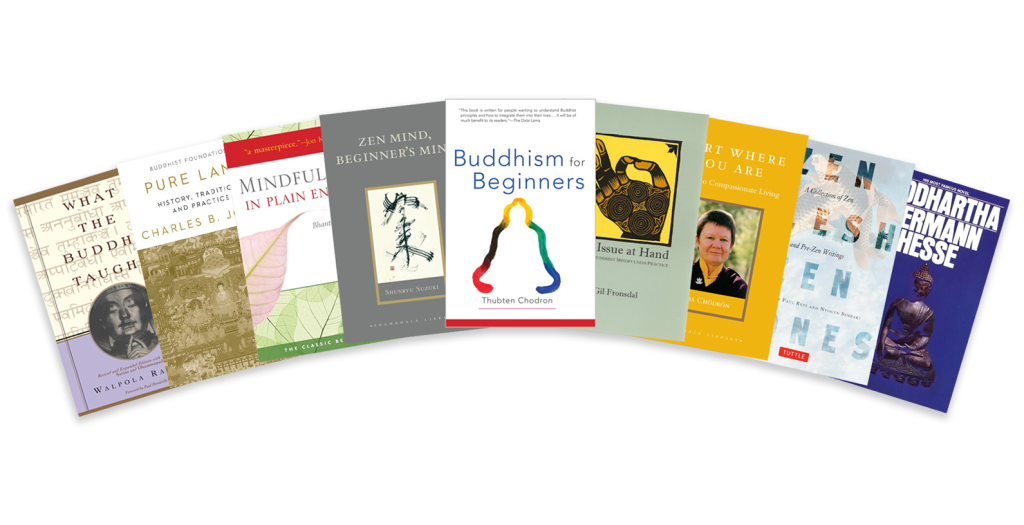In 2011, Tricycle hosted a discussion titled “What Led You to Buddhism?” in which participants were asked to share the stories of how they came to learn more about Buddhism. While reading through the discussion from people of many different backgrounds and traditions, one common theme became immediately apparent: Buddhist books.
It occurred to us that we should compile all the Buddhist books for beginners and that such a list, composed solely of personal accounts of life-altering realizations, could be quite special. We created that list in 2011 (read the original here), and asked readers to suggest more. Here is an updated list of the best books for those new to Buddhism, plus some suggested reading for the more seasoned practitioner:
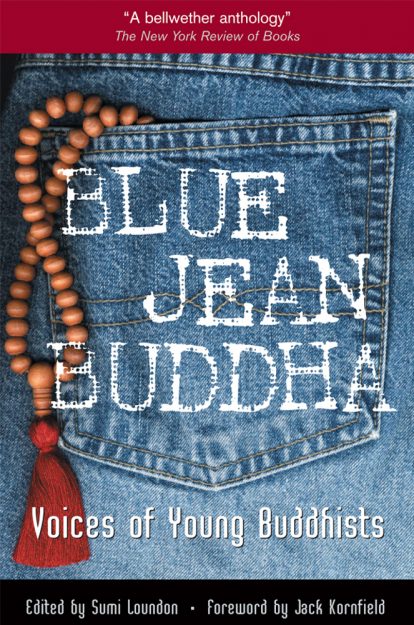 Blue Jean Buddha: Voices of Young Buddhists
Blue Jean Buddha: Voices of Young Buddhists
edited by Sumi Loundon Kim
Sumi Loundon Kim’s interest in the practice of young American Buddhists was stirred while working in the kitchen of a Buddhist retreat center in New England. She realized that twenty-somethings had very different reasons than she did for practicing Buddhism. So she set out to find other young Buddhists and collected their stories.
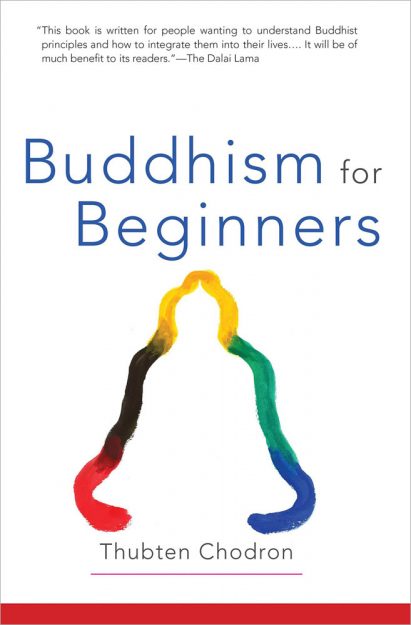 Buddhism for Beginners
Buddhism for Beginners
by Thubten Chodron
What is the goal of the Buddhist path? What is karma? Tibetan Buddhist nun Thubten Chodron tackles the most commonly asked questions about Buddhism and provides clear, simple answers without oversimplifying. Chodron also relates the Buddhist teachings to modern-day issues, such as the ecological crisis, euthanasia, and social activism.
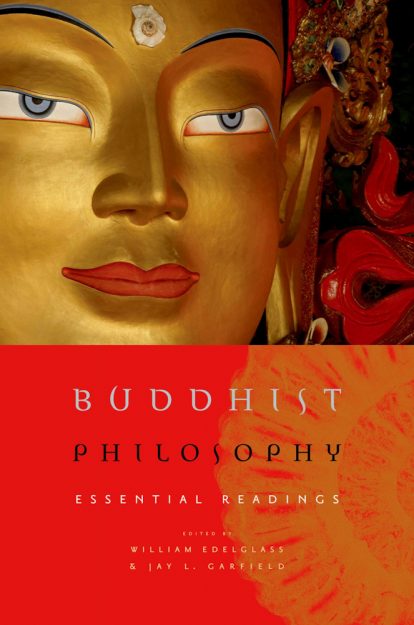 Buddhist Philosophy: Essential Readings
Buddhist Philosophy: Essential Readings
by William Edelglass and Jay L. Garfield
While the diversity of Buddhist schools of thought makes it all but impossible to encapsulate the tradition in one book, Buddhist Philosophy: Essential Readings is as comprehensive an attempt as any. This is a dense volume, but its coherent presentation of Buddhist philosophy in all its variety makes diving in worth the effort.
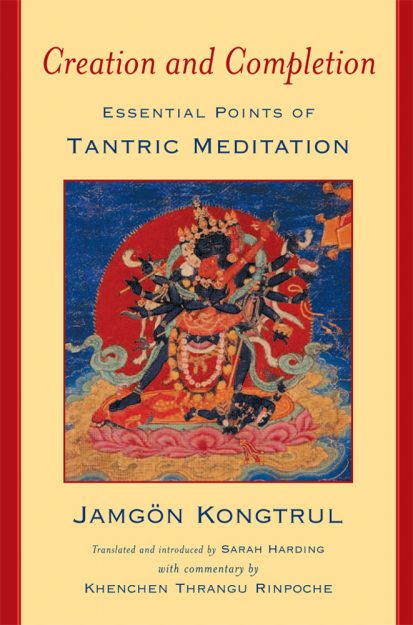 Creation and Completion: Essential Points of Tantric Meditation
Creation and Completion: Essential Points of Tantric Meditation
by Jamgon Kongtrul, translated by Sarah Harding
Tibetan Buddhist translator Sarah Harding once noted that despite their best intentions, many Westerners who engage in Vajrayana Buddhist practices don’t understand the nuts and bolts of how these practices work. To fill that gap, she translated 19th-century luminary Jamgon Kongtrul’s Creation and Completion: Essential Points of Tantric Meditation. In this book, which also features a commentary from contemporary teacher Khenchen Thrangu Rinpoche, Kongtrul explains the meditative states that are meant to occur beneath the ritualized and explicit actions of body, speech, and mind. For those committed to the path of tantra, Creation and Completion’s practical guidance is indispensable.
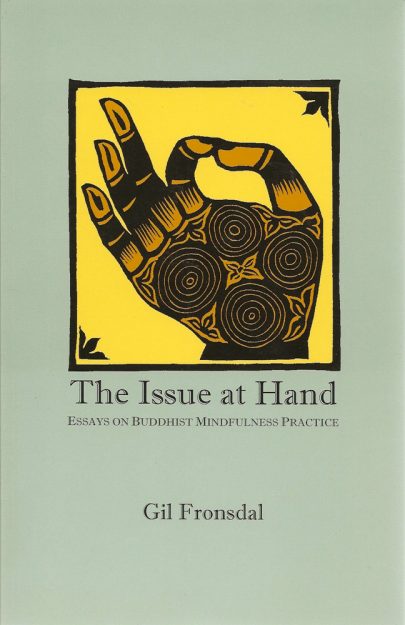 The Issue at Hand
The Issue at Hand
by Gil Fronsdal
This slim volume is more than just an introduction; it contains gems of insight that will continue to stimulate and deepen your practice as it unfolds. Gil Fronsdal’s training in Zen and Theravada along with his PhD in Buddhist Studies have provided him with a thorough grasp of dharma, which he presents clearly and accurately for a modern audience. The sparkling short essays discuss topics from generosity, metta, and karma to working with anger and fear. (A free pdf is available here.)
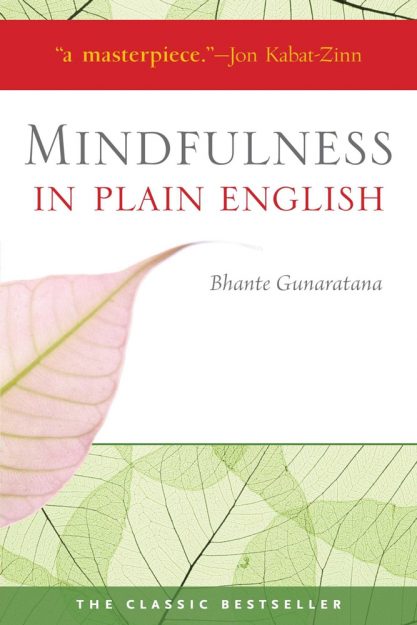 Mindfulness in Plain English
Mindfulness in Plain English
by Bhante Henepola Gunaratana
Walking readers step-by-step through the benefits of meditation and the practice of mindfulness, Bhante G’s instructions are no less inspiring than they are accessible. He makes meditation seem like magic and then succeeds in convincing us that we’re all capable of wizardry. (The Vipassana Fellowship provides a digital copy of an earlier edition of the book on their website.)
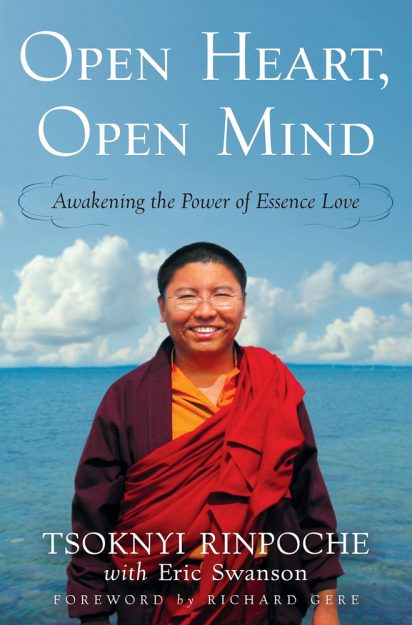 Open Heart, Open Mind: Awakening the Power of Essence Love
Open Heart, Open Mind: Awakening the Power of Essence Love
by Tsoknyi Rinpoche with Eric Swanson
In Tibetan Buddhism, the words mind and heart are used interchangeably. For Tsoknyi Rinpoche, therein lies the key to one of the tradition’s most cherished concepts, bodhicitta [awakened heart-mind]. The book offers down-to-earth teachings on Buddhist philosophy and psychology as well as practical meditation tips, including a seven-point method for establishing a solid base to anchor you in your body.
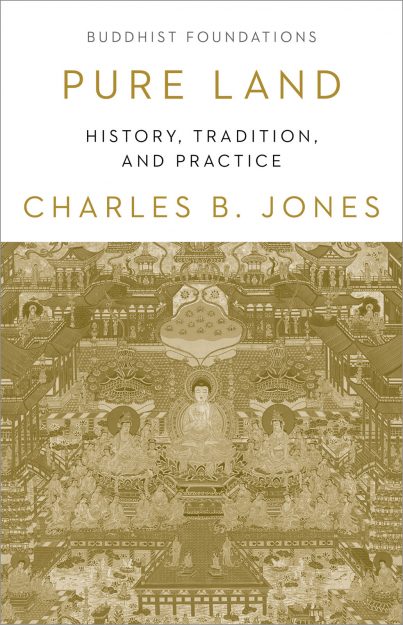 Pure Land: History, Tradition, and Practice
Pure Land: History, Tradition, and Practice
by Charles B. Jones
In Pure Land, scholar Charles B. Jones provides a comprehensive introduction to Pure Land Buddhism, the dominant tradition in East Asia, whose practitioners chant the name of Amitabha Buddha (the Buddha of Infinite Light) in hope of being reborn in his land of bliss and attaining enlightenment. The book is divided into two parts: the tradition’s history and its beliefs and practices.
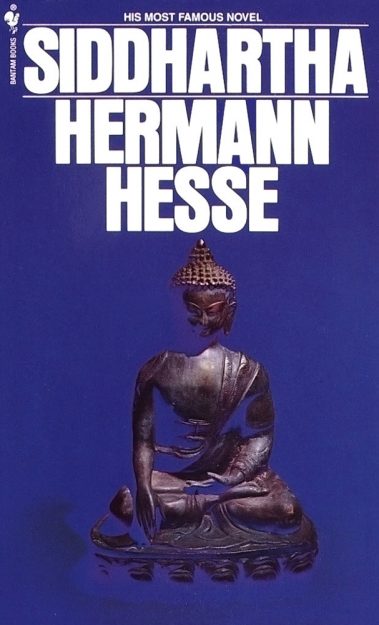 Siddhartha
Siddhartha
by Hermann Hesse
When New Directions decided to publish the first English translation of Hermann Hesse’s Siddhartha in 1951, it could not have foreseen the enormous impact it would have on American culture. The novel’s ostensibly simple narrative about an Indian man named Siddhartha’s journey of self-discovery during the time of the Buddha appealed to the restless drifter, the alienated youth, and the political anarchist alike.
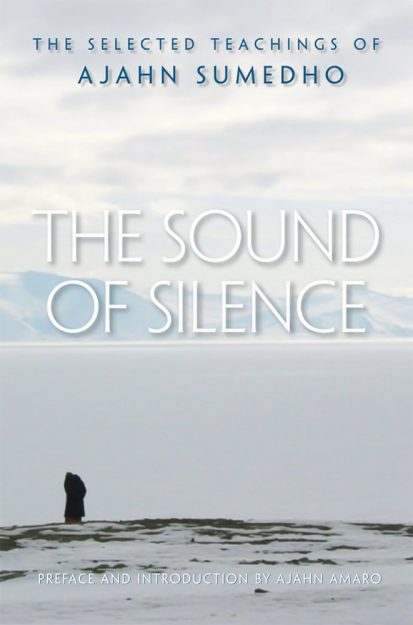 The Sound of Silence: The Selected Teachings of Ajahn Sumedho
The Sound of Silence: The Selected Teachings of Ajahn Sumedho
by Ajahn Sumedho
Teachings from Ajahn Sumedho, a popular American-born teacher and founder of the first Theravada monastic community in the West, have been hard to come by in print. The talks collected in this volume preserve his warm, humorous style, and reflect his flexible view of teaching as “presenting things for you to investigate.” These spontaneous talks are accessible, but they require attention. The title comes from a meditation practice Sumedho developed on his own over forty years of practice, one not found in the Pali canon. (You can request a free copy of the book on the Forest Sangha website.)
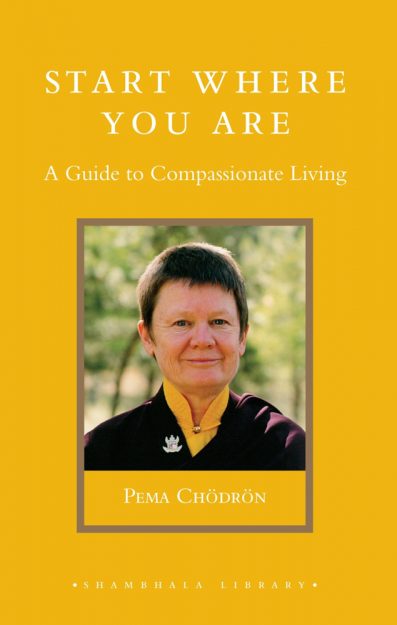 Start Where You Are: A Guide to Compassionate Living
Start Where You Are: A Guide to Compassionate Living
by Pema Chödrön
From its first sentence— “We already have everything we need”—to its last, Start Where You Are stops us in our tracks. An American nun in the Tibetan tradition, Pema Chödrön takes subtle Tibetan teachings and translates them into straight talk. Throughout the book, Chödrön confronts the habitual self-help impulses—get thin, get rich, get enlightened—that can drive us. Chödrön’s directives are never strident or judgmental; instead, they are reminders conveyed with encouragement, patience, and lighthearted humor.
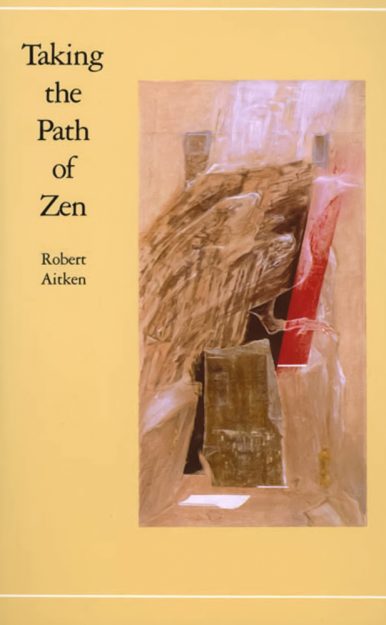 Taking the Path of Zen
Taking the Path of Zen
by Robert Aitken
For Zen students, one of the best how-to books is Robert Aitken’s Taking the Path of Zen. Aitken, one of the early pioneers of Zen in America, teaches us not only how to sit but also why we do. Replete with practical instructions and advice, including stretching exercises that make sitting easier, there’s no more comprehensive a guide than this. It’s a great place to start.
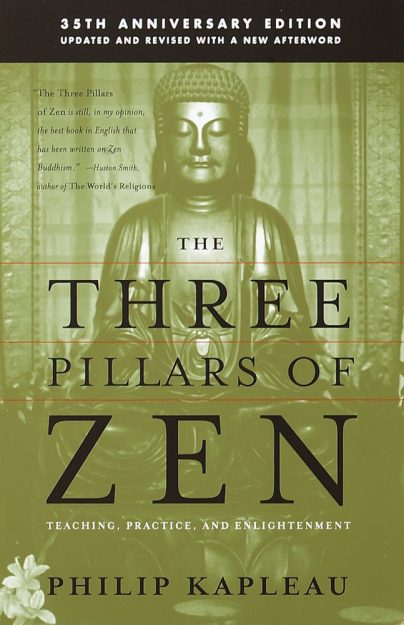 The Three Pillars of Zen
The Three Pillars of Zen
by Philip Kapleau Roshi
When The Three Pillars of Zen appeared in 1965, it had a monumental impact on the direction of Buddhism in North America. Zen teacher Philip Kapleau combined a series of talks for beginning students by Yasutani Roshi with classic Zen texts. It offers the first how-to instructions for Western practitioners and remains one of the most influential and inspiring Zen books in the West.
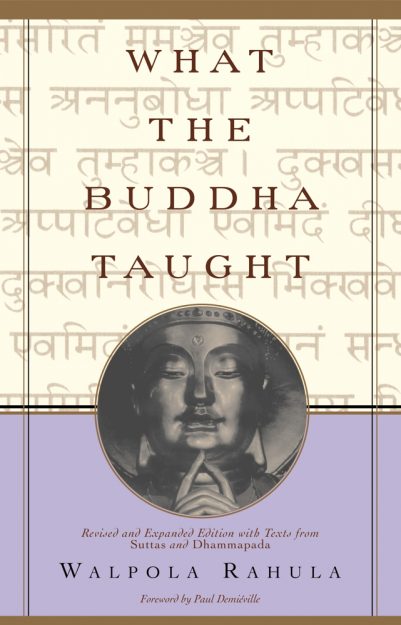 What the Buddha Taught
What the Buddha Taught
by Walpola Rahula
Sri Lankan monk and scholar Walpola Rahula provides a well-rounded tour of the Pali canon, the early collection of Buddha’s teachings that is central to the Theravada tradition. His descriptions of Buddhist tenets are clear enough for beginners but avoid oversimplification, opening the door for future study and a more nuanced understanding.
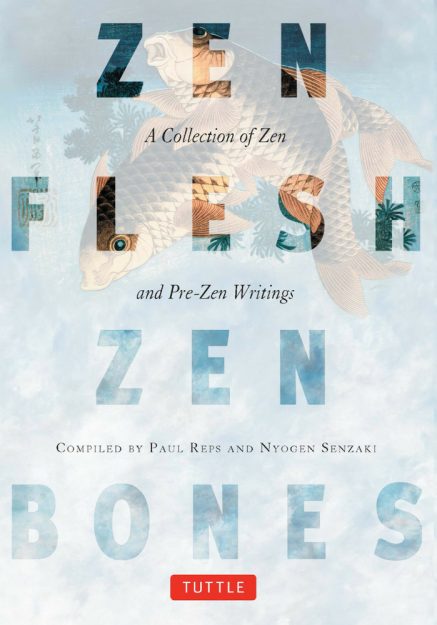 Zen Flesh, Zen Bones
Zen Flesh, Zen Bones
by Paul Reps and Nyogen Senzaki
Zen Flesh, Zen Bones is actually four tiny books that include a collection of Zen koans, stories, and teachings. It’s available in a pocket-sized edition that makes it suitable for koan practice or for a flash of Zen inspiration and bewilderment. For meditation instruction, turn to the final section, called Centering, which is a pre-Buddhist text listing 112 ways to reach enlightenment.
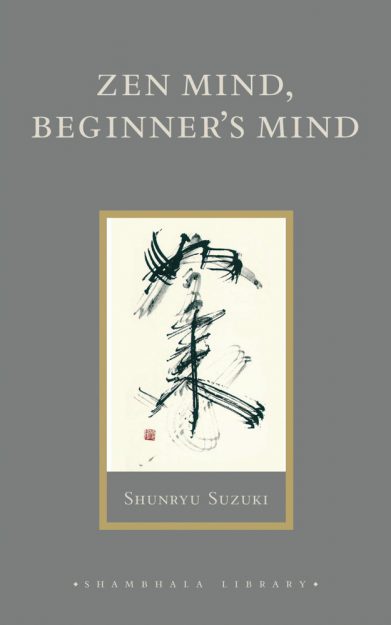 Zen Mind, Beginners Mind
Zen Mind, Beginners Mind
by Shunryu Suzuki
Zen Mind, Beginner’s Mind by the founder of San Francisco Zen Center, Shunryu Suzuki Roshi, is one of the undisputed classics of American Buddhism. First published in 1970, the book’s simple approach and plainspoken language have made it timeless. Read an excerpt here.
MORE BEGINNER-FRIENDLY BUDDHIST BOOKS
The Art of Happiness by His Holiness the Dalai Lama
Awakening the Buddha Within by Lama Surya Das
Awareness by Anthony DeMello
Being Nobody, Going Nowhere by Ayya Khema
Read an excerpt here.
Buddhism: An Introduction to the Buddha’s Life, Teachings, and Practices by Joan Duncan Oliver
Buddhism: An Introduction and Guide by Christmas Humphreys
Buddhism Plain & Simple by Steve Hagen
Buddhism: What Everyone Needs to Know by Dale S. Wright
The Buddhist Path to Simplicity by Christina Feldman
The Buddhist Religions: A Historical Introduction by Richard H. Robinson
Dharma Bums by Jack Kerouac
Eight Steps to Happiness by Geshe Kelsang Gyatso
An End to Suffering by Pankaj Mishra
Everyday Suchness by Gyomay M. Kubose
Everyday Zen: Love & Work by Charlotte Joko Beck
Faith: Trusting Your Own Deepest Experience by Sharon Salzberg
Full Catastrophe Living by Jon Kabat-Zinn
Golden Wind: Zen Talks by Eido Shimano Roshi
Hardcore Zen by Brad Warner
The Heart of the Buddha’s Teachings by Thich Nhat Hanh
How to Meditate by Kathleen McDonald
In the Buddha’s Words: An Anthology of Discourses from the Pali Canon by Bhikkhu Bodhi
Indestructible Truth by Reginald A. Ray
Manual of Zen Buddhism by D. T. Suzuki
Mindfulness: A Practical Guide to Awakening by Joseph Goldstein
The Myth of Freedom and the Way of Meditation by Chögyam Trungpa Rinpoche
The Noble Eightfold Path: Way to the End of Suffering by Bhikkhu Bodhi
One Breath at a Time by Kevin Edward Griffin
Radical Acceptance: Embracing Your Life With the Heart of a Buddha by Tara Brach
Returning to Silence: Zen Practice in Daily Life by Dainin Katagiri
A Still Forest Pool by Ajaan Chah
The Supreme Source by Namkhai Norbu
The Tibetan Book of Living and Dying by Sogyal Rinpoche
The Way of the White Clouds by Lama Anagarika Govinda
The Way of Zen by Alan Watts
What Makes You Not A Buddhist by Dzongsar J. Khyentse Rinpoche
Wholehearted: Slow Down, Help Out, Wake Up by Koshin Paley Ellison
Why Buddhism Is True by Robert Wright
The Wise Heart by Jack Kornfield
Women’s Buddhism, Buddhism’s Women by Ellison Banks Findly
World as Lover, World as Self by Joanna Macy
Zen and the Art of Motorcycle Maintenance by Robert M. Pirsig
Zen Training by Philip Kapleau Roshi
FURTHER READING
Awakening Compassion by Pema Chödrön
Awakening to the Sacred by Lama Surya Das
Black and Buddhist: What Buddhism Can Teach Us about Race, Resilience, Transformation, and Freedom edited by Pamela Ayo Yetunde and Cheryl A. Giles
Read an excerpt here.
The Buddha, Geoff, and Me by Edward Canfor-Dumas
Buddhism Without Beliefs by Stephen Batchelor
Buddhism at Work by George Bond
Comfortable with Uncertainty by Pema Chödrön
Read an excerpt here.
The Connected Discourses by Bhikkhu Bodhi
The Cow in the Parking Lot by Leonard Scheff and Susan Edmiston
The Dhammapada by the Buddha
Dharma Punx by Noah Levine
Eight Mindful Steps to Happiness by Bhante Henepola Gunaratana
The Experience of Insight by Joseph Goldstein
A Flash of Lightning in the Dark of Night: A Guide to the Bodhisattva’s Way of Life by His Holiness the Dalai Lama
The Haunting Zen of Dainin Katagiri by Dosho Port
If the Buddha Got Stuck by Charlotte Sophia Kasl, PhD
Life of Milarepa by Lobsang Jivaka
Listening to the Heart: A Contemplative Journey to Engaged Buddhism by Kittisaro and Thanisara
Living Buddhist Masters by Joseph Goldstein and Jack Kornfield
The Making of Buddhist Modernism by David McMahan
The Middle Discourses by Bhikkhu Nanamoli
A New Earth by Eckhart Tolle
The New Social Face of Buddhism by Ken Jones
Old Path White Clouds by Thich Nhat Hanh
Read an excerpt here.
One Teacher, Many Traditions by His Holiness the Dalai Lama and Thubten Chodron
The Quantum and the Lotus by Matthieu Ricard and Trinh Xuan Thuan
Rebirth: A Guide to Mind, Karma, and Cosmos in the Buddhist World by Roger Jackson
Read an excerpt here.
Secret of the Vajra World by Reginald A. Ray
Shōbōgenzō by Eihei Dogen
The Tao of Sobriety by David Gregson
The Tibetan Book of the Dead as translated by Gyurme Dorje
Thoughts Without a Thinker: Psychotherapy from a Buddhist Perspective by Mark Epstein
Zurchungpa’s Testament with commentary by Dilgo Khyentse Rinpoche
⧫
Related articles:
- “How to Read the Sutras (and Enjoy Yourself)” Kaia Fischer provides six steps for easing into and learning to love Buddsism’s sacred texts, plus recommended reading for getting started.
- “What Our Kids Are Reading” Sumi Loundon Kim shares three Buddhist books for children.
[Note: This article was originally published in 2019]
Thank you for subscribing to Tricycle! As a nonprofit, we depend on readers like you to keep Buddhist teachings and practices widely available.
